Is rum the next bourbon? Our thoughts
Before bourbon became bourbon in the 1820s, before the American Revolution began, even before George Washington got his wooden teeth, rum was America’s favorite spirit. (Come to think of it, could rum’s high sugar content have played a part in GW’s wooden grill? He was a fan of Barbados rum, after all.) Given that our stills can, by design, only make whiskey, brandy, and rum, we thought we'd weigh in on whether rum is the next bourbon, a question that we've gotten quite a lot recently.
Quality producers
Any spirit that's going to be touted as the next hot thing has to have a bedrock of quality producers - there's a reason moonshine has more or less petered out as a movement. So the first question we must answer in trying to unravel the market-based mystery of whether rum is the next bourbon is this: are there distilleries that produce flavorful, high-quality rum. The answer is a resounding yes. From the U.S.' only single-estate rum a couple hours south of us in Richland Rum, to true mountain rum in Crested Butte's Montanya, we're not staring at a dearth of quality producers.
As a related question, we must next ask whether rum's flavor profile is accessible enough for thirsty consumers across the country and the globe at large to enjoy it on a regular basis.
Rum’s flavor
The cocktail movement has led to a revival in all things rich in history, rum included. Craft cocktails are often sweet, as is bourbon, ice cream, and a number of other American favorites.
From this angle, then, it also seems rum could become the next hot spirit, especially when you consider how different rum flavor profiles can be: some smoky and almost Scotch-like, some unaged and spicy, like Bacardi or an unaged cachaca. Yet this could also hurt rum, as we'll explore a little later.
Whiskey's rise as a model?
Geographic provenance
We’ve seen Japanese whisky rise from relative obscurity to international stardom (and booming sales), bourbon rise from being a date-less prom-goer in the 90s to class president, and the resurgence of Irish whiskey. Thus, you could reasonably theorize the common thread being the centrality of a common geographic region. (Japanese whisky must come from Japan, bourbon must originate in the US, and so forth — lending a certain provenance to each liquid.)
Japanese whisky wasn’t event a thing until 1924, so it’s evidence that a region with a few quality distilleries can establish an entirely new category in a few decades. It’s conceivable to think a few quality rum distilleries in South Carolina or Spain or Sweden could do the same.
Cultural boost
Or you could reasonably assert that whisk(e)y — especially bourbon — has been bolstered by the craft cocktail movement and mixologists across the country embracing the spirit, which has led to a rise in restaurant & bar sales, ergo expanded bourbon sections, ergo more mindshare when people walk into off-premise establishments, ergo higher sales.
You might even say whisk(e)y in general has boomed because of pop culture support. Starting with high-class cocktails in Sex and the City, followed by Old Fashioneds in Mad Men, Jameson shout-outs by Lady Gaga, and untold whiskey references in popular songs all along the way.
The reality is, spirits of all types require a combination of factors to hit escape velocity.
Bourbon is booming right now, vodka had a real moment in the post-World War II years in America, Cognac did it one hundred years prior to that, and even gin did it in mid-1700s Britain (a period known as the “Gin Craze”). So rum might get to enjoy its moment, too.
Rum isn’t there yet and would need more institutional support. From what we’ve seen, barkeeps are starting to embrace rum for more spots on their cocktail menus precisely because it’s less expensive. So who knows — this could possibly be the first in a chain of events leading to the tipping point for rum.
Classic Cocktails
One last thing to mention in rum's favor: it doesn't hurt that some of the most iconic cocktails such as the Daiquiri and the Mojito happen to include rum.
Why rum may not quite become the next bourbon
We would be remiss not to include a few bullets about what may make rum less likely to take off than Japanese whisky, bourbon, and Irish whiskey and the booms they’re all enjoying:
- Currently, the majority of rum distilleries reside in tropical areas where aging occurs much more quickly because of the heat. So it’s very difficult to age a rum for 23 years, or even 5 years for that matter. (Up to 10% is lost per year to evaporation as "angel's share" in the hottest climates.) So if consumers look to age as a defining factor of quality, rum could well struggle. For a little more on why age alone isn’t a great proxy for quality, check out Chad’s analysis here. That said, one of the most lauded whiskies of recent memory, Amrut, comes from equally as hot India, and lacks the age statements that some consumers demand. So not everyone adheres to this imperfect heuristic to assess spirit quality, countering our point.
- The word rum doesn’t have quite the ring of the two-syllable whiskies, cognacs, bourbons, and vodkas of the world. Even Old Tom Gin rolls off the tongue in a sing-song sort of way. It sounds inane, but these things matter. Bourbon is just fun to say.
- Rum’s lack of regulations could impede its progress. Bottles of spirits cost more than six-packs of beer, so consumers are less prone to experiment with craft spirits than with craft beer. One or two bad experiences with pricey rums could be enough to turn people off. As mentioned, rum profiles are all over the place — some rums drink like Scotches, others drink like vodkas. In contrast, even if a drinker doesn’t like a particular bourbon, they will rarely be entirely thrown off by the liquid, since regulations require 51%+ corn and a host of other things. So they’re unlikely to write off the entire category because they drank something they weren’t expecting.
- Classic cocktails not as famous as bourbon's. Despite the classic cocktails mentioned above, rum's most notable cocktails don't seem to have received as much cultural cachet as bourbon's in the form of the Manhattan, the Old Fashioned, and the Mint Julep. A show may come along that touts the cool factor of, for example, the Planter's Punch, the way that Mad Men bolstered the Old Fashioned. But we haven't seen one yet.
Our final thoughts
Personally, we’re cheering for rum because (A) it’s delicious, (B) Georgia has a couple awesome rum distilleries already (Richland and IDC), and (C) our own twin copper pot stills can make whiskey, brandy, and rum, so we wouldn’t mind getting to learn how to make another spirit.
Whether rum becomes as big of a spirits category in the market is up for much debate. But then again, a spirit doesn't have to enjoy a $3 billion market share like bourbon to be enjoyable. Craft distilleries across the country have made rum for a long while and will continue to do so, because it's damn delicious and other people seem to think the same.
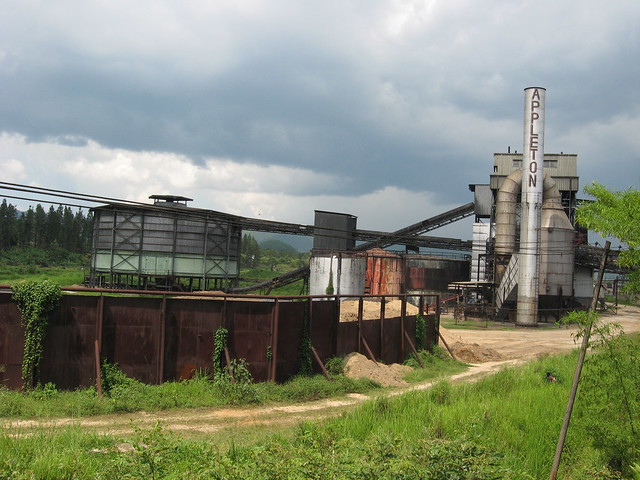
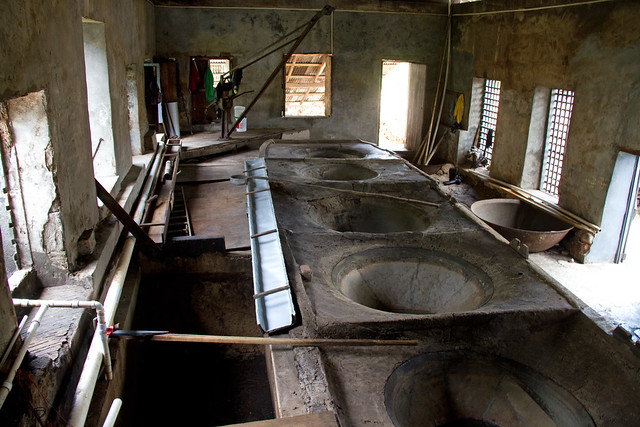

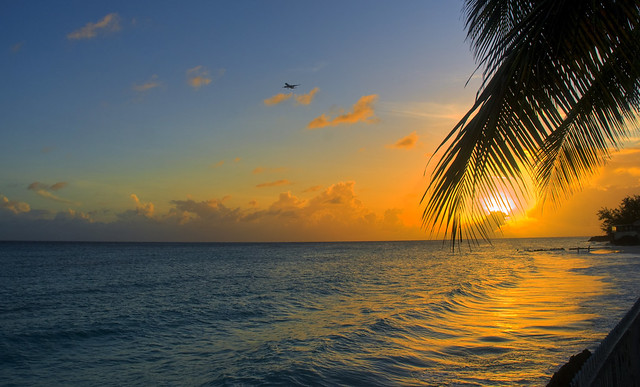
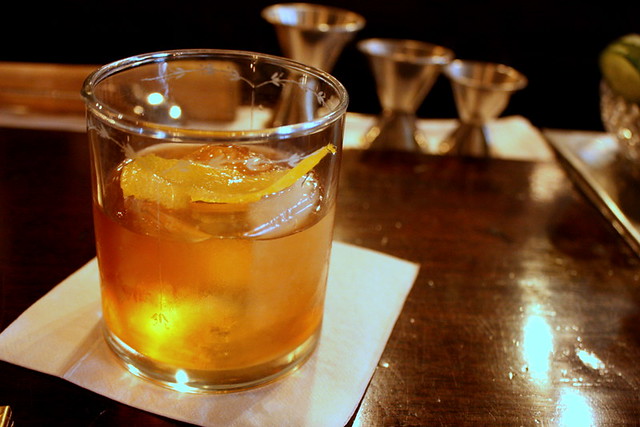 The Old Fashioned
The Old Fashioned